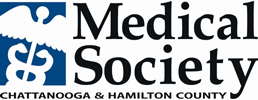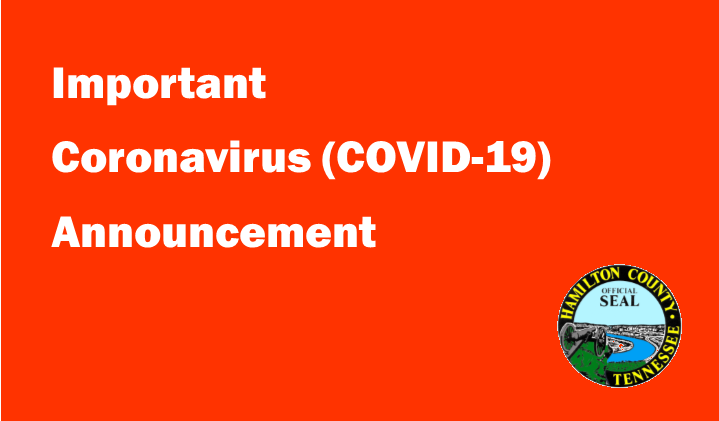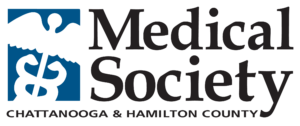COVID-19 Testing Guidelines Update from the County Health Department
Dear colleagues,

Dr. Paul Hendricks
I wanted to update you on the latest recommendations for testing for the virus responsible for COVID-19. The good news is that there is a lot more physician discretion in this area. This is true for private labs in particular, as I have not heard of them screening tests at all. The state lab has a list of high risk groups to consider for testing.
The CDC’s guidelines are also quite permissive. I have attached an updated sheet summarizing information from the state, including the number to call for consultation and test approval, that I would encourage you to make available to all of your physicians, practitioners and anyone else you think appropriate.
I would strongly urge you to have a low threshold for ordering testing. We are especially concerned about patient’s in nursing homes and skilled care and other group senior living arrangements as these are people at increased risk for severe disease and very susceptible to spread.
I realize that there is a Catch 22 as involves supplies, including swabs and Personal Protection Equipment (PPE). The state is currently advising PPE appropriate for droplet testing. I realize there are some questions about this, but the CDC does accept this guidance in situations of low supply. You do have to use your own judgment.
Here is a link to the CDC guidelines for testing: https://www.cdc.gov/coronavirus/2019-nCoV/hcp/clinical-criteria.html
Here is a link to the CDC’s recommendations for PPE: https://www.cdc.gov/coronavirus/2019-ncov/infection-control/control-recommendations.html
Pertinent summary: Updated PPE recommendations for the care of patients with known or suspected COVID-19:
-
Based on local and regional situational analysis of PPE supplies, facemasks are an acceptable alternative when the supply chain of respirators cannot meet the demand. During this time, available respirators should be prioritized for procedures that are likely to generate respiratory aerosols, which would pose the highest exposure risk to healthcare providers (HCP).
-
Facemasks protect the wearer from splashes and sprays.
-
Respirators, which filter inspired air, offer respiratory protection.
-
When the supply chain is restored, facilities with a respiratory protection program should return to use of respirators for patients with known or suspected COVID-19. Facilities that do not currently have a respiratory protection program, but care for patients infected with pathogens for which a respirator, gown, and gloves continue to be recommended.
-
If there are shortages of gowns, they should be prioritized for aerosol-generating procedures, care activities where splashes and sprays are anticipated, and high-contact patient care activities that provide opportunities for transfer of pathogens to the hands and clothing of HCP.
It is becoming more and more clear that aggressive testing, especially of symptomatic patients, has a major role to play in suppressing this viral outbreak. Obviously, as you know, this testing does not directly affect the clinical management of the pt so ordering a test should not delay care. At this point, all patients with respiratory illness should be given aggressive isolation recommendations regardless of testing. However, from an epidemiological perspective, knowing what we are facing and knowing who has the virus will enhance our contact tracing efforts and we appreciate your help.
Paul M. Hendricks, MD
Health Officer
Hamilton County Health Department
921 E. 3rd St.
Chattanooga, TN 37403
DrPaulH@HamiltonTN.gov
(423) 209-8004


